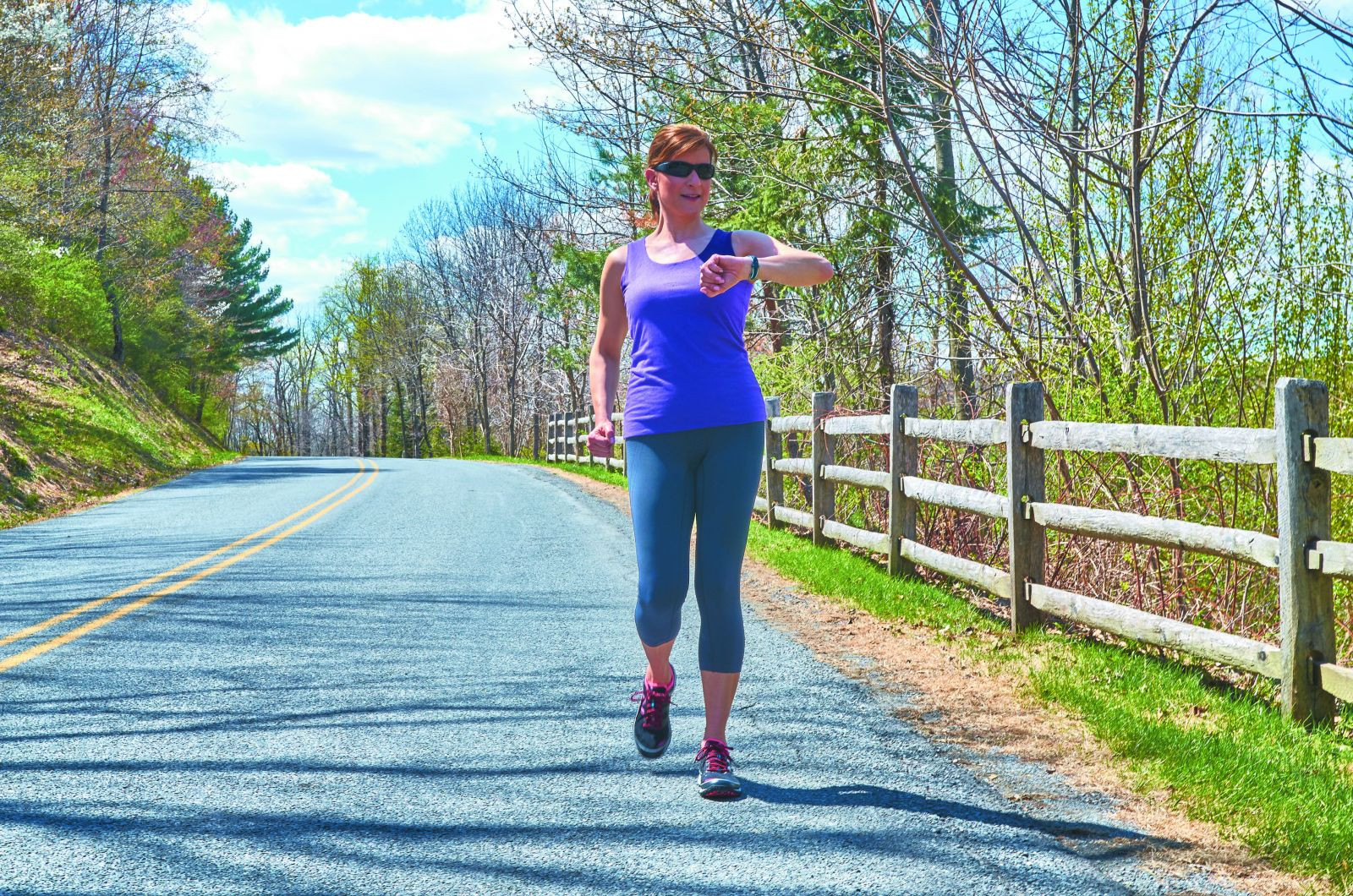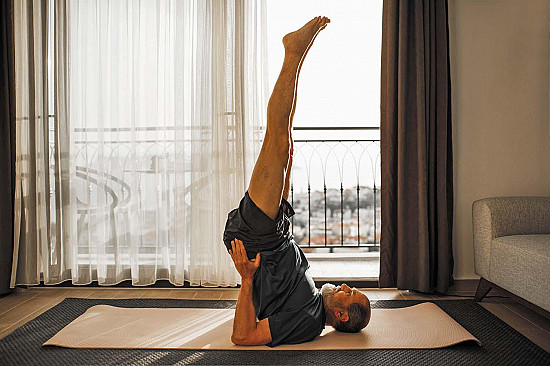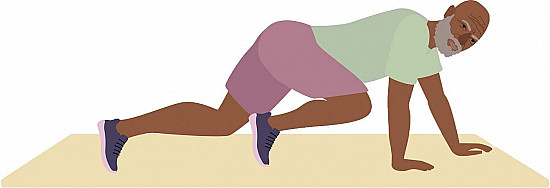Put some pep in your step!
Interval walking may improve endurance and help you get fit faster.

Image: © Thomas MacDonald
Warm weather is here, and you may be walking more to take advantage of being outside. Why not ramp up your routine with bursts of fast-paced walking? The technique, known as interval walking, "is a great way to get the most exercise bang for your buck," says Dr. Aaron Baggish, associate director of the Cardiovascular Performance Program at Harvard-affiliated Massachusetts General Hospital.
About interval training
Interval walking is a form of interval training, which describes any form of exercise in which you purposely speed up or slow down at regular intervals throughout the session. The benefits of interval training in athletes and people in cardiac rehabilitation are well studied. Dr. Baggish says interval walking hasn't been examined as much, but he believes the same benefits apply. "Something about strenuous exercise is good for the body. It improves endurance, reduces blood pressure, and helps with weight loss," he explains.
Interval training may also burn more calories, and help you get fit faster. For example, a small observational study published last year in PLOS ONE suggested that three 20-second sprints during a 10-minute cycling workout produced benefits similar to a 45-minute cycling workout.
Master the basics
Before attempting interval walking, first make sure that your doctor approves, especially if you have heart disease or joint pain. You'll also need a solid walking program in place. "A well-established routine would be at least two or three months of being able to walk 20 to 30 minutes a day without any limitations," says Dr. Baggish. Ideally, you should walk at least five days a week.
Also important: walk with a partner, for safety and motivation, and bring a cellphone in case you need to call for help.
Remember to dedicate five minutes each to warm-up and cool-down as part of the walking routine. This can simply involve walking at a comfortable pace.
Work your way up
When you're ready to add interval walking to your routine, start slowly. Introduce one or two segments of fast-paced walking into your 30-minute walk. Each segment should last a minute or two. Try that during each walking workout for a few weeks.
How much should you pick up the pace during an interval? "Walk as fast as you can, at a pace you can do briefly, but can't do forever," suggests Dr. Baggish. He adds that you don't have to worry about trying to reach a particular heart rate, unless your doctor directs you to do so.
Gradually add more intervals into your routine, with an ultimate goal of walking 50% of the time at the higher intensity. There's flexibility in how that can be done — one minute on, one minute off, or two minutes on, two minutes off. Play around with it, and see what's best for your body.
The right path
The route you take will be particularly important when you're interval walking, since you won't have as much time to avoid potential hazards if you're pouring on the steam.
Look for smooth terrain in public areas. Neighborhoods, busy parks, and shopping malls are all good candidates for walking routes. "Soft surfaces like dirt or grass are easier on the joints than asphalt or concrete," says Dr. Baggish.
You may also choose to do interval walking on a treadmill. Just crank up the speed or the incline for a minute or two to get your heart, lungs, and muscles working harder.
It also helps to know how far you're walking. Find out by driving the route and using your car odometer, if the route is along neighborhood streets; using a pedometer; or calling the management office at a shopping mall, if you're walking inside.
Final tips
Adding 60 seconds of fast-paced intervals to your routine will be tricky without a way to keep track of the time. That's because it can be challenging to count silently when you hear the rhythm of your footsteps and breathing.
Save yourself the hassle; wear a watch with a second hand, or a digital watch with a stopwatch feature.
Another idea is to use landmarks. Maintain an interval for several mailboxes (if you're walking in a neighborhood), or stores (if you're walking in a shopping mall).
Disclaimer:
As a service to our readers, Harvard Health Publishing provides access to our library of archived content. Please note the date of last review or update on all articles.
No content on this site, regardless of date, should ever be used as a substitute for direct medical advice from your doctor or other qualified clinician.















